How to Start a Vegetable Garden from Scratch, Beginner Backyard Gardening
Do you want to start a backyard garden this year and you just don’t even know where to begin? Starting a garden can seem overwhelming, but it can be easy. When you know what steps to follow. Here’s all the steps for how to start a vegetable garden from scratch.
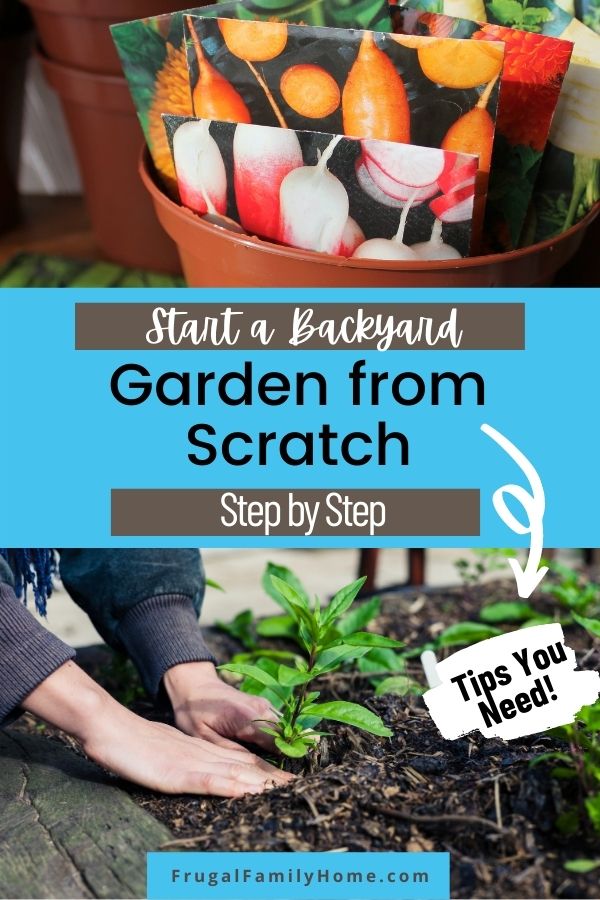
I remember starting our first garden; it was a small container garden on the patio of our first home. We could grow some of our vegetables and a few strawberries and tomatoes.
It was wonderful to have fresh garden produce right from our patio. It was a great way to start our garden adventure. And now we have a moderately size backyard garden that produces food for us and enough to share with family, friends, and neighbors.
How to Start a Garden From Scratch
If you are ready to start your first garden, just follow the steps below. Soon you can enjoy fresh produce from your backyard too.
Now you might think the first thing to consider is what you’ll be growing. Sure that is super important, but first, you need to decide where you’ll locate your garden.
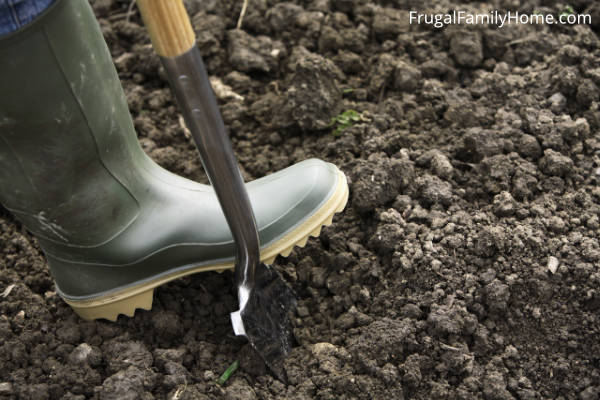
Picking the Best Location
When you are shopping for a house, it’s all about the location. That’s the same for your garden. Your garden needs the right place for it to grow well.
The right space is a spot with 6-8 hours of sunlight. Most vegetable plants need around 6 hours of full sunlight to grow well.
Usually, the best spot for a garden is the area of the yard that face south. But you need to check your garden to see what the best location will be.
How do you know how much sun a spot gets?
The best way to find a sunny spot is to watch the sun. Things to consider and watch for…
In the morning, how early does the location get sun?
How long before that area is shaded?
Are there any structures that will cause the space to be shaded part of the day?
By watching, you can find a suitable spot that gets the most sun, in your backyard garden.
If you have a yard with lots of sun, and few trees, finding the right spot will be easy.
If your yard is shaded by enormous trees or the house, it will be harder to find an excellent location.
If finding a location is challenging, think outside the usual spots. You’ll want to consider using containers on a patio. That is how we started our very first garden.
Once you have a sunny spot, it’s time to consider these other factors.
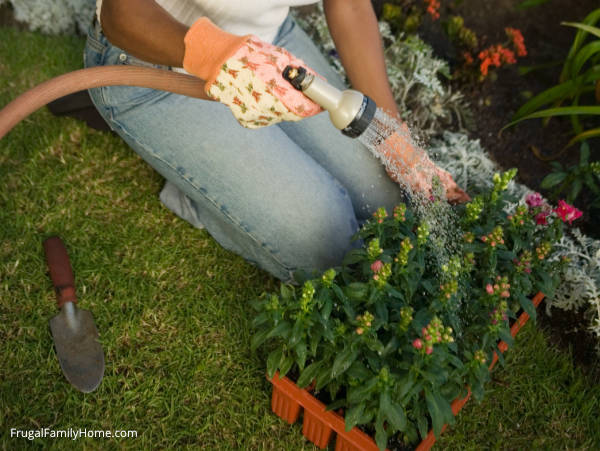
Water, Everything needs Water
Your plants will need water, lots of water to grow. You’ll want to have a water source close to your garden if possible. If your water source isn’t close, then you may need to invest in a long hose to bring the water to the garden.
If it’s hard to water, it will become a chore. Make sure you have a simple way to get water to your garden.
Now you have the sun and water taken care of its time to think about soil.
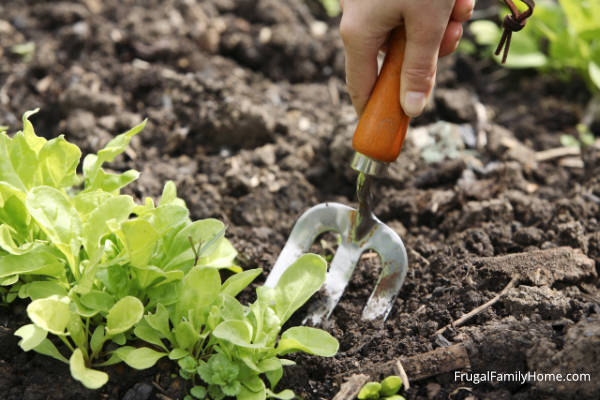
Soil, the Earth that Feeds the Plants
You can plant right in the ground if you have good soil. Good soil is soil that drains well and is light and loamy.
You can amend your soil to improve it by adding compost and organic matter, but if your soil is terrible, like our clay soil, it is often better to make a raised bed or plant in containers.
When you create a raised bed or plant in containers, you can control the soil and give your plants the best start they can have.
For a raised bed, I like a mixture of compost, vermiculite, and peat moss. This is a great mixture to fill your raised beds. If it’s hard for you to find vermiculite, you can add potting soil instead. Be sure the compost you add is from a few different sources to give the soil what it needs.
Start Small
While it might be temping to start a nice big garden right away, that can cause garden burnout.
If you are new to gardening, it is much better to start small and grow your garden size as your knowledge grows.
Starting small helps you have garden success without getting overwhelmed with watering, weeding, and harvesting.
When you start with a few pots and a small plot, you can grow a lot of food without it taking over your entire summer.
Then next year you can decide if you want to expand the garden or keep it the same size. Depending on the time you have to dedicate to it.
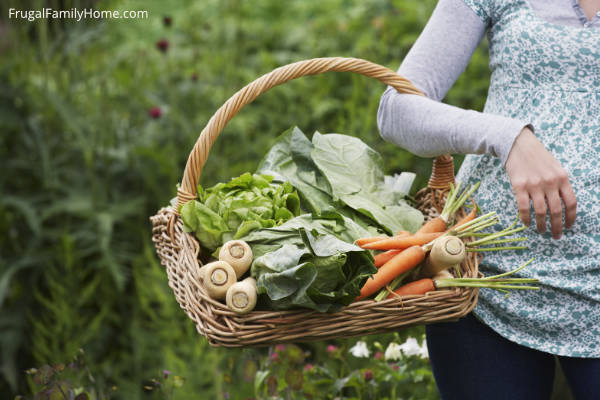
Grow What You’ll Eat
Once you have your garden spot picked out and you have the perfect soil to grow in, it’s time to pick what to grow.
This is the exciting part of gardening, and it’s easy to get carried away with lots of seeds or plants.
The most important tip you need to know is to grow what you’ll actually eat. And grow the amounts you’ll eat. If you love tomatoes, grow 3-4 different varieties.
But if zucchini sounds great because it’s easy to grow, but you don’t like it, it will only go to waste.
When starting a new garden pick vegetables you would buy from the store to grow.
Need a few ideas of easy to grow vegetables? Take a peek at the best plants to grow in containers, these are easy to grow in a container garden or raised beds.
Plan Your Garden
You have your perfect spot for your garden; you have the right soil and you know what you’ll be growing. Now you need to plan your garden.
You could start planting here and there, but there are a few things to consider before you plant.
You’ll want to space your plants properly. Some plants will need a lot more room like zucchini, which gets huge. And other plants don’t need as much as lettuce.
Consult your seed packet to determine how much room each plant will need to grow well.
Also consider if you’ll be planting in rows or a more compact style like square foot gardening.
We use the square foot gardening method; it works well for containers or raised beds. And it allows you to grow more food in a smaller space.
You’ll also want to consider which plant thrive near one another and which ones don’t. That can make a big difference in how successful your garden grows.
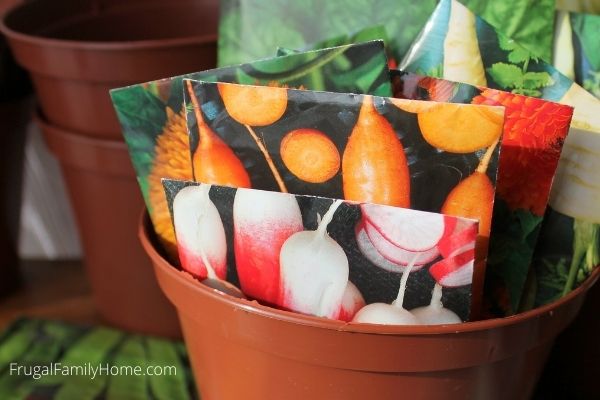
Seeds or Starts
Once you have your plan ready with what you’ll be growing and where it will be planted in your garden space, it’s time to decide if you’ll grow from seeds or starts.
When you grow from seeds, you have access to a wider variety of plants. It is less expensive to grow from seeds. A whole packet of seeds is about the same price as 1-2 plant starts. And many vegetables are easy to grow from seed such as lettuce, radishes, beans, peas, and kale.
But there are a few advantages to growing from starts. When you start from seed, you may have some loss from the seedlings dampening off or dying before they are planted. With starts, the plant is already established and ready to go into the garden. Like an instant garden, no waiting for seeds to sprout.
And in shorter growing season areas, having a head start by planting starts can help you get to harvest sooner. But often there are fewer varieties to choose from, so you are stuck with what your garden center has.
If you are new to gardening, I’d say go with starts for vegetables like zucchini, cucumbers, tomatoes, and peppers. Go with seeds for the easier to grow vegetables like lettuce, kale, radishes, peas, and beans.
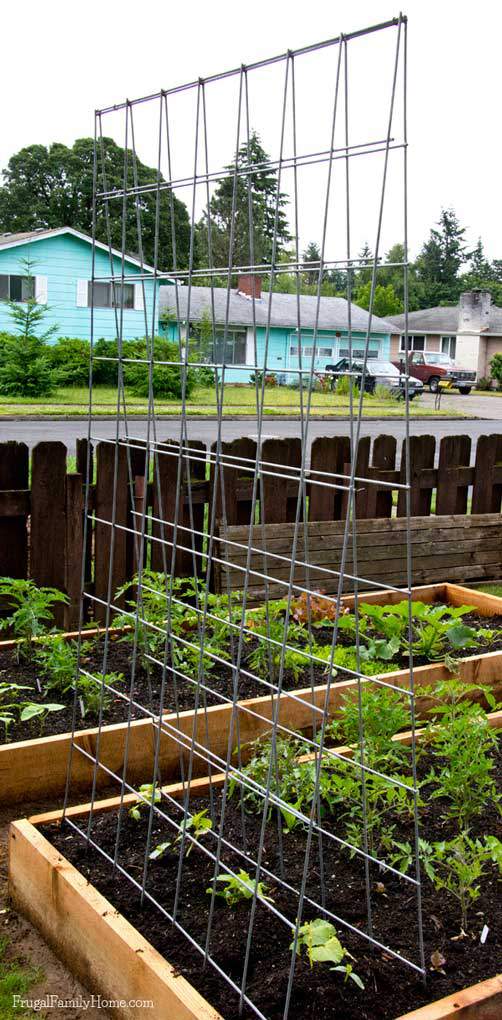
Grow Vertically
When you have a small garden, you can extend your growing area by growing up. We can grow many vine plants on supports instead of along the ground.
You can grow cucumber, squash, pie pumpkins, and more vertically by setting up a garden trellis. See how to make your own garden trellis here.
Be sure to plan where you’ll be growing vertically so you don’t shade your other plants in the garden.
Succession Planting
Your garden is off to a splendid start. You’ve harvested your radishes or kale in one area, and now it’s bare. Don’t let that space go to waste make another planting right away. Or with something new to help maximize your garden’s production.
Or you can inter-plant items that grow faster with slower growing vegetables.
Plant a few lettuce plants around the tomatoes. The lettuce will be ready to harvest before the tomatoes take off and take over. This is one example of how to inter-plant to maximize small garden space.
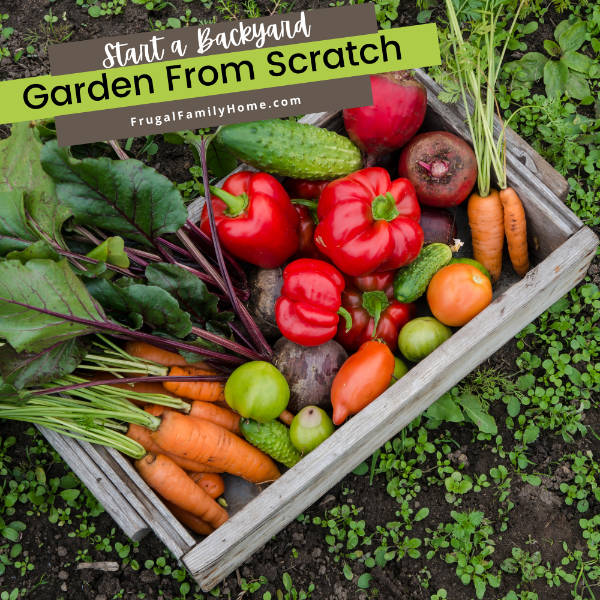
Harvesting
You’ve done the hard work, and your garden is doing great. Now is the time to reap the rewards of all the work you have done.
As you see your vegetables ripening keep them picked. If you keep the vegetables picked, it will spur on the plant to produce more.
If you leave the beans or peas on the plant too long, that will signal the plant to slow down production.
If you leave other vegetables on the vine too long like cucumber and zucchini, the insides can get pithy and it can affect the flavor.
Be sure to take the time to pick produce each day or every other day once your vegetables ripen.
That’s how you start a vegetable garden from scratch. When you take the time to pick the right spot and provide your produce with all it needs to grow, your garden will be a success.
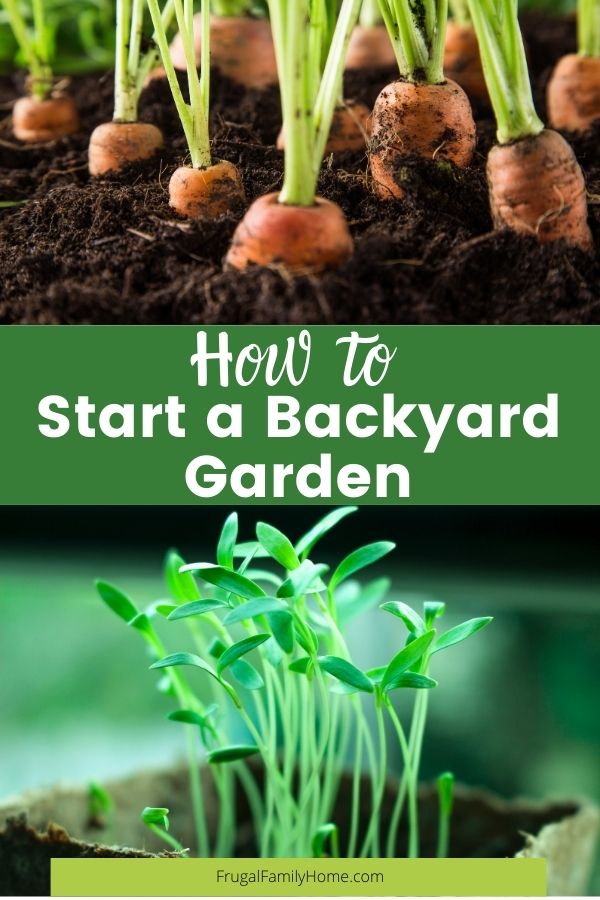
More Backyard Gardening Tips…
5 Crops to Grow to Slash Your Grocery Bill
The Best Soil for Container Gardening
Get the Companion Plants List
When you join the gardening email list, you'll not only get gardening tips sent to your inbox, you'll also get the companion plants list too.

